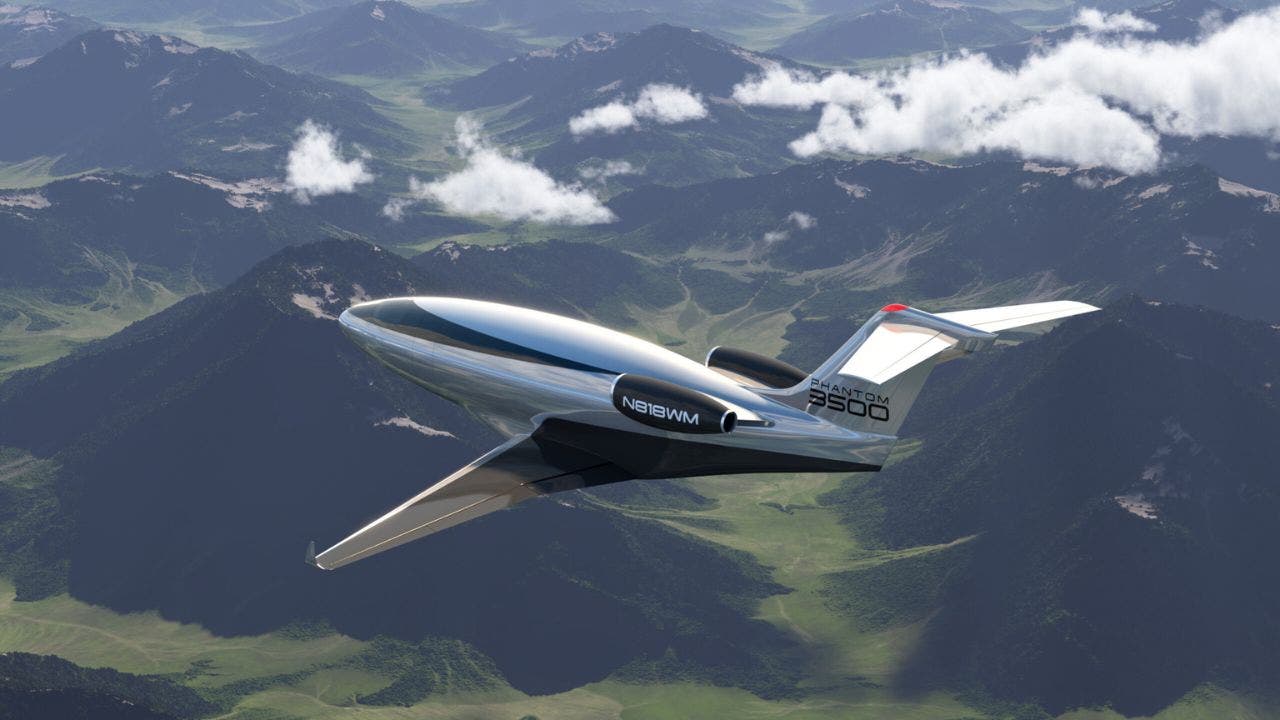Phantom 3500 windowless jet replaces windows with panoramic digital screens

Otto Aviation has recently unveiled the Phantom 3500, a revolutionary aircraft that is changing the way we think about air travel. With its windowless design, the Phantom 3500 is redefining aerodynamics and efficiency in the aviation industry. By eliminating traditional windows, the aircraft is able to achieve a sleek, aerodynamic profile that reduces drag and improves fuel efficiency.
One of the key advantages of a windowless design is the elimination of structural weak points in the aircraft. Windows require extra reinforcement, add weight, and disrupt the smooth flow of air over the fuselage, increasing drag and making flight less efficient. By removing windows, the Phantom 3500 is able to achieve full laminar flow characteristics, optimizing its aerodynamic performance.
To address concerns about claustrophobia, the Phantom 3500 features high-definition digital screens along the cabin walls and ceiling. These screens stream real-time video from cameras mounted on the aircraft’s exterior, giving passengers a panoramic, immersive view of the skies. This innovative technology, known as Super Natural Vision, replaces traditional windows with state-of-the-art digital displays, offering passengers a unique and enjoyable in-flight experience.
In addition to its stunning digital views, the Phantom 3500 sets a new standard in jet fuel efficiency and performance. By sustaining laminar flow and optimizing aerodynamics, the aircraft aims to improve fuel efficiency by 35%. This allows it to maintain high-speed performance while consuming less fuel, making it one of the most aerodynamically efficient aircraft ever developed. The Phantom 3500 also operates in the transonic range and can reach a cruising altitude of 51,000 feet, significantly higher than most commercial airliners.
Thanks to its streamlined fuselage and optimized aerodynamics, the Phantom 3500 burns 50% less fuel than conventional business jets. This reduction in fuel consumption translates to lower operating costs and a significant decrease in carbon emissions. The aircraft can take off from runways as short as 3,500 feet, nearly doubling the number of accessible airports in the U.S. alone compared to similar-sized jets.
Overall, the Phantom 3500 offers a glimpse into the future of air travel. With its focus on efficiency, stunning digital views, and improved passenger comfort, flying could soon become more immersive and enjoyable than ever before. If the Phantom 3500 lives up to its promise, the window seat could become a thing of the past, and the future of aviation could be greener and faster.




